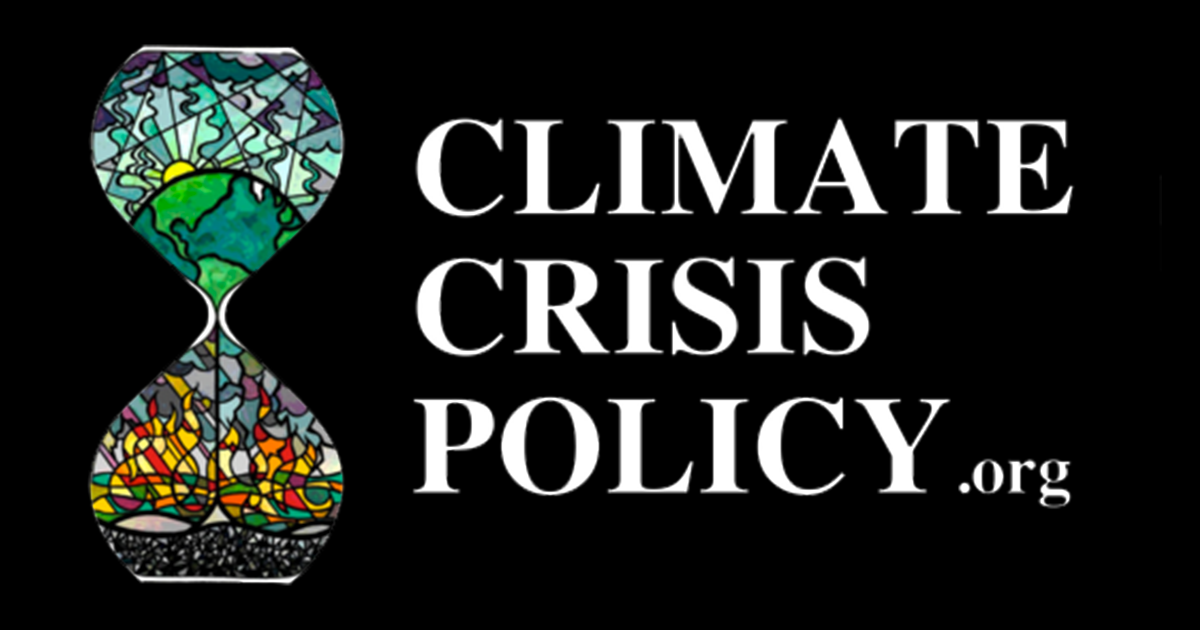Buildings
These solutions offer ideas to dramatically reduce the energy needs from buildings. Please vote to identify shared goals.
Sub Topics
Net-Zero Buildings
. Mandate 50% of commercial buildings be retrofitted to zero net energy by 2030, and 50% of state buildings with major renovations be zero net energy by 2025. Documents: DL22 |
. Mandate that all new residential and commercial buildings have no operational GHG emissions by 2030 to 2050. |
. Create processes and timelines for adopting and implementing climate action plans to achieve zero net energy buildings, with appropriate staffing. Documents: DL24 |
. Make government-owned buildings net zero energy. Documents: D38 |
. Require public disclosure and reporting of energy use for all commercial and large residential buildings. |
. National trade association program encourages architecture and engineering firms to meet the goal that all new designs for buildings, developments, and major renovations be carbon-neutral by 2030. Documents: D45 |
. Transition the entire public housing stock to be net-zero or fully run on renewable energy. Documents: DB106 |
Retrofitting
. Create sustained energy efficiency and weatherization programs to reduce energy costs for consumers, substantially weatherize all homes, and reduce peak-load demand. |
. Mandate a GHG emissions standard for all buildings. Documents: D66 |
. Establish a GHG emissions standard for privately owned large buildings and government-owned buildings. Documents: DL118 |
. Establish best practices for energy improvement for existing urban housing. Documents: D6 |
. Provide targeted energy efficiency financing and technical support for nonprofits, school, religious organizations, and owners of smaller and affordable multifamily buildings, including streamlined access to incentives and strategies to reduce tenant energy use. |
. Tailor energy efficiency mandates for rent-stabilized and affordable housing to account for rent pricing and cost concerns. Documents: D105 |
. Specify requirements for building energy efficiency, including glazing, insulation, sun shading, heating ventilation, and air conditioning systems. Documents: D105 |
. Mandate building energy use reduction, with interim targets, to achieve 80% reduction by 2050. Documents: D105 |
. Reduce nonrenewable energy consumption in existing buildings by 50% by 2030. Documents: DB112 |
. Require city-owned buildings over 10,000 square feet to reduce energy consumption and fossil fuel use faster than private sector buildings, to provide leadership and case studies. Documents: D105 |
. Develop an optional efficiency trading program, enabling owners to reach their energy reduction targets by buying energy savings from upgrades in other buildings. Documents: D105 |
. Measure energy consumption from the source, including energy used to generate and transport power to the building, as opposed to the energy consumed on site. Documents: D105 |
. Allow owners to buy new additional green power to defer a small portion of their required energy savings, and prioritize in-state green power. Documents: D105 |
. Support state implementation of electric and cold water submetering, ensuring cost-neutrality for rent-stabilized units, and assess feasibility for heat submetering. Documents: D105 |
. Provide funding and start-up capital to local firms and co-ops that perform retrofits. Documents: D73 |
. AEIA: Establish pilot grants to provide non-profit buildings with energy efficiency materials. Documents: DB145 |
. AEIA: Establish a pilot program and develop accelerators for smart buildings. Documents: DB145 |
. AEIA: Set energy efficiency targets for federal buildings of 20% through 2028, including water use reduction. Documents: DB145 |
. AEIA: Reauthorize through 2025 and expand the Weatherization Assistance Program to include renewable energy and non-energy benefits such as health and safety improvements. |
. AEIA: Provide training grants to contractors involved in weatherization assistance and weatherizing low-income housing. Documents: DB145 |
. Establish a grant program to fund deep energy retrofits, electrification, and efficient fixtures and appliances in public housing. Documents: DB106 |
. Conduct high-quality energy efficiency retrofits on all existing buildings by 2050. Documents: D151 |
. Prioritize economically disadvantaged households and multifamily residential rental buildings for retrofits while retaining housing affordability. Documents: D151 |
. Track the number of buildings that have received deep energy retrofits by state, starting in 2020. Documents: D151 |
. Update federal appliance efficiency standards every two years, including a forecast for the coming 10 years. Documents: D151 |
. Incorporate appliance durability and repairability standards into efficiency standards. Documents: D151 |
District Heating
. Mandate all new buildings be built to a zero emissions standard or be connected to a renewably-powered district energy system. Documents: D35 |
. Create incentives for community heating infrastructure that captures heat generated by other processes. Documents: D6 |
. Create programs for "district energy projects" to unite buildings in microgrids for shared electric, water and steam systems. |
Insulation
. Mandate high levels of insulation on all solid walls of building facades. Documents: D29 |
LED Lighting
. Create incentives to upgrade to LED lighting, including subsidies for low-income residents. Documents: D38 |
Heat Pumps
. Mandate reductions in emissions from buildings via electrification and energy efficiency. Documents: D44 |
. Encourage heat pump installations by reducing the energy savings requirement for buildings that convert to high-efficiency electric heat or hot water systems. Documents: D105 |
Landfill Methane
. Reduce methane leakage from landfills by 50% by 2025. Documents: D21 |
